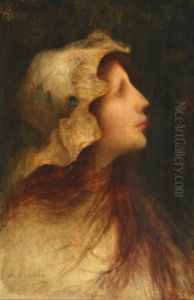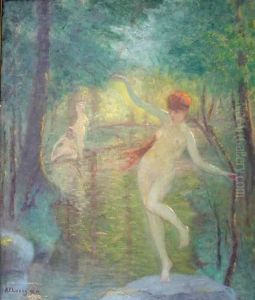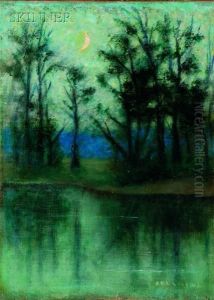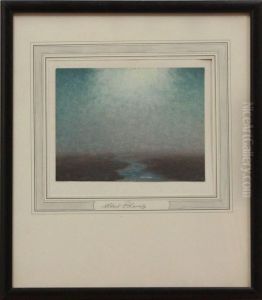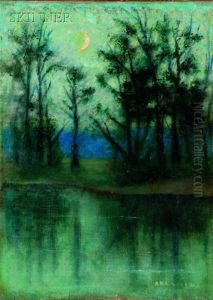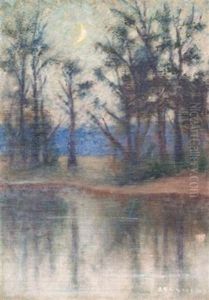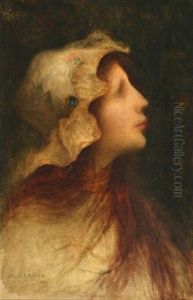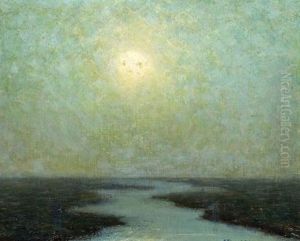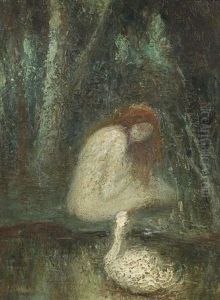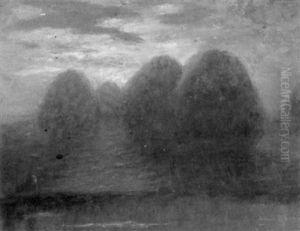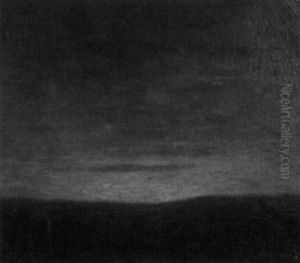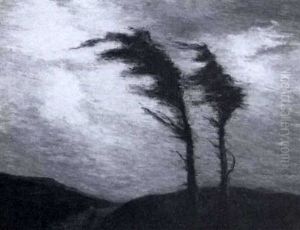Albert Pike Lucas Paintings
Albert Pike Lucas was an American painter, sculptor, and writer, known for his impressionistic landscapes, figure paintings, and occasional sculptural works. Born on July 15, 1862, in Jersey City, New Jersey, Lucas showed an interest in art from a young age. His artistic talent was evident early on, and he pursued his passion for art throughout his life.
Lucas received his formal art education in Europe, which was a common practice for American artists at the time who wanted to refine their skills and gain exposure to the classical and modern art movements. He studied at the prestigious École des Beaux-Arts in Paris and was influenced by the French Impressionists, which is reflected in his use of light and color. He also spent time in the artists’ colony at Grez-sur-Loing, where he was further exposed to the plein air painting technique that was central to Impressionist practice.
Throughout his career, Lucas exhibited his work widely. He participated in exhibitions at the Paris Salon and received recognition for his artistic achievements. His paintings often depict serene landscapes, and his style is characterized by a soft, diffused light and vibrant, yet harmonious color palette. Lucas was also known for his portraits and figure paintings, which showcase his ability to capture the subtleties of human expression and form.
In addition to his painting and sculpture, Lucas was an accomplished writer. He authored books on art and artists, contributing to the discourse on aesthetics and art history of his time. His literary work provided insights into the art world of the late 19th and early 20th centuries, reflecting his experiences and interactions with other artists and art movements.
Albert Pike Lucas continued to create art throughout his life, adapting and evolving his style with the changing artistic trends. Despite his success, he never became as well-known as some of his contemporaries. Lucas passed away on November 10, 1945. His artwork can be found in various collections and has been exhibited posthumously, allowing his contributions to the American art scene to be appreciated by new generations of art enthusiasts.
